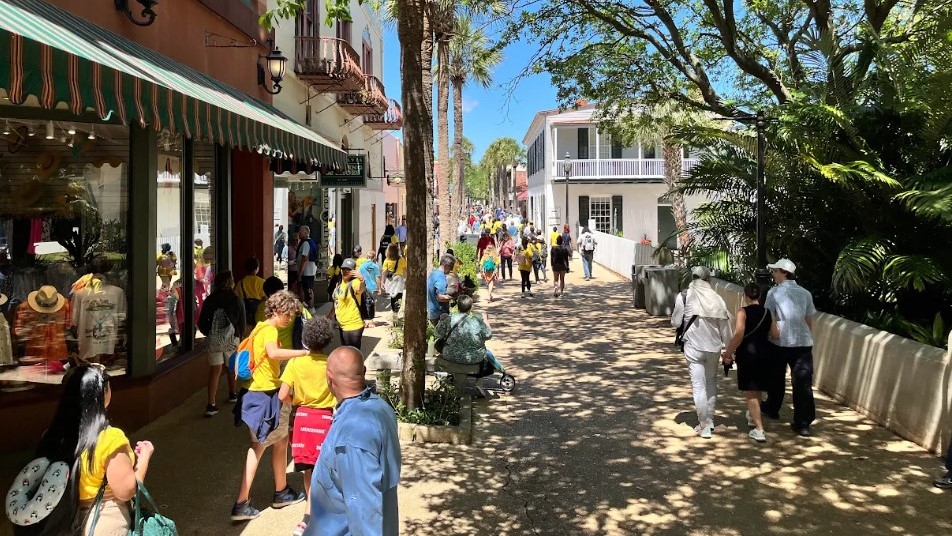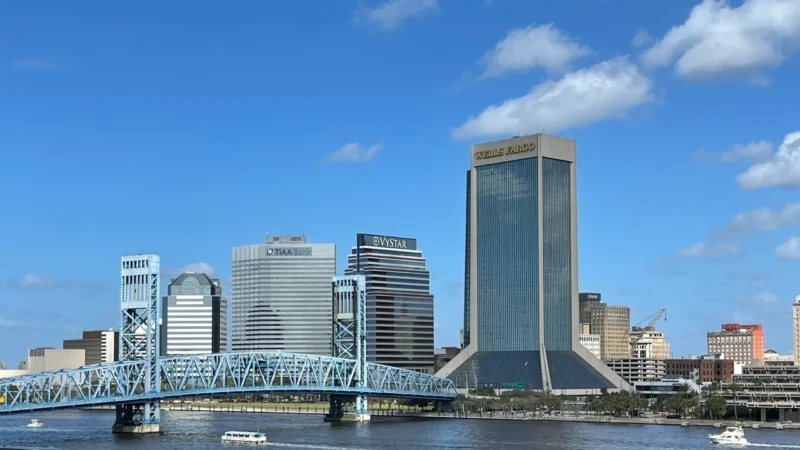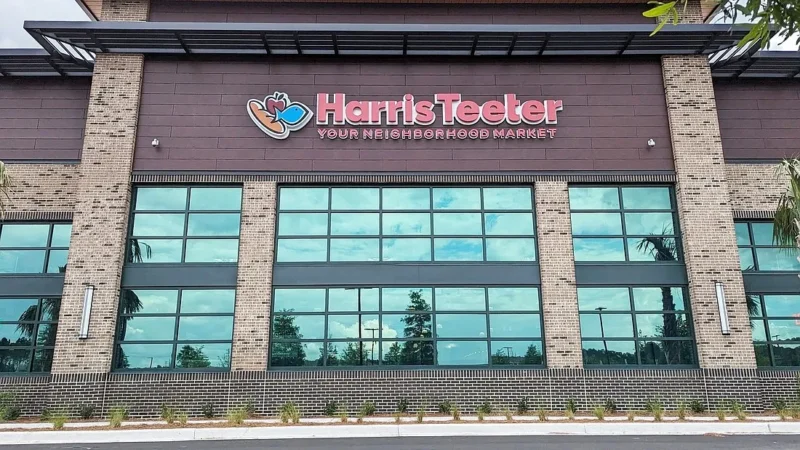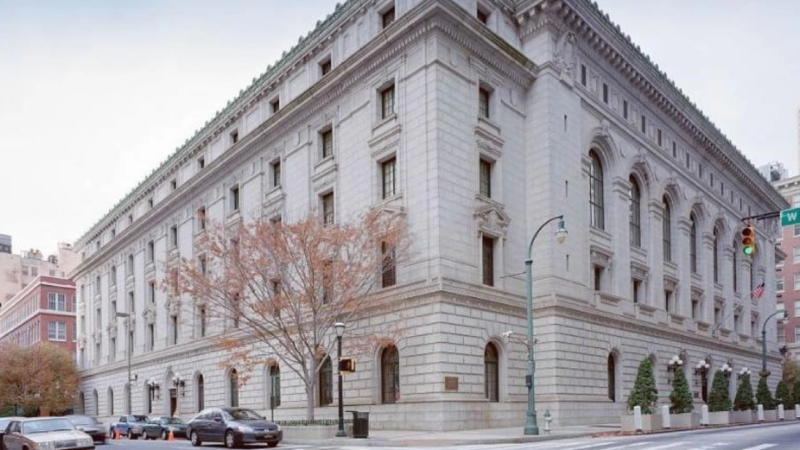As St. Augustine’s fame grows, it could be chasing away some of its local restaurant owners.
New owners are looking to get a piece of the city’s increasing popularity, but some restaurateurs are seeking to get out of the hustle and bustle of the downtown core and into quieter areas that are hotter with locals.
St. Augustine was quieter in 2006 when chef Michael Lugo opened Michael’s on Cuna Street downtown. These days, there are some many visitors that residents, for much of the year, don’t want to brave the downtown core.
“That congestion in that historic zone, it’s so driven toward tourism that it makes it hard to get a repeat customer to brave that congestion,” Lugo says.
So earlier this year, Lugo closed the steakhouse downtown and moved over the Francis and Mary Usina Bridge to Vilano Beach. It’s a community that he sees as up and coming, and he wants to be a part of that.
“To me, it seemed like a great opportunity to be in the first row of what would be very limited growth, because it isn’t big enough for what happened downtown,” Lugo says.
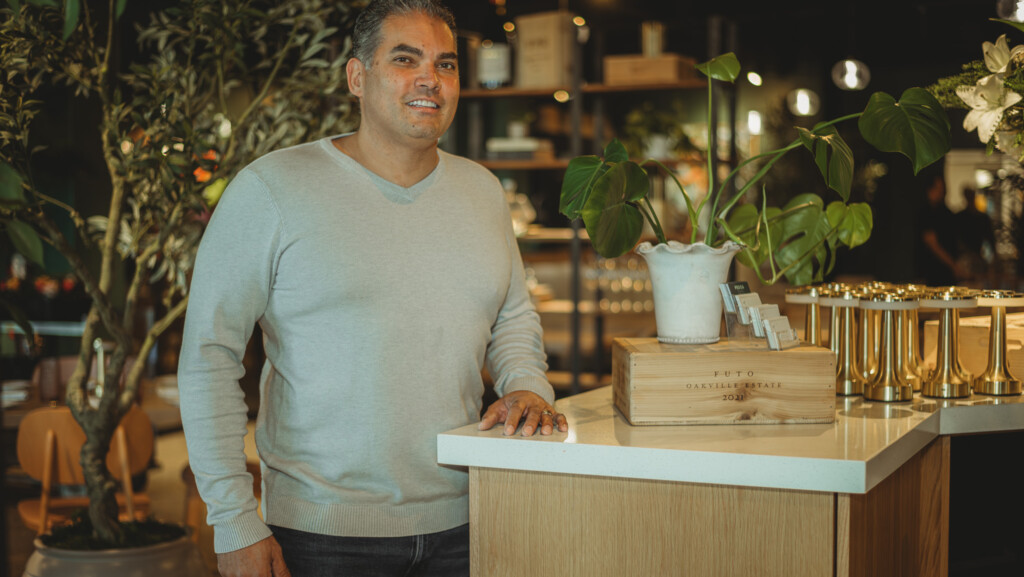
Another restaurant leaving downtown St. Augustine is The Floridian, which is moving to St. Augustine Beach. Owner Jeff McNally opened the southern restaurant with his wife, Genie, in 2010.
“We set out to be a restaurant for locals and regulars,” McNally says. “We wouldn’t exist without tourists either, but our original goal was to restore a space in the downtown restaurants that entice locals to come back and know there are local, good quality restaurants down there.”
He has enjoyed running a restaurant downtown, but McNally describes the day-to-day operations as “intense.”
“Feast or famine,” he says. “Crazy for those holidays, and then it could turn off.”
READ MORE: Critic’s Notebook | St. Augustine restaurant and bar scene
A big draw for moving to the beach is the freedom to do more with their square footage. The McNallys plan to build their new restaurant from scratch, something you can’t exactly do in a historic downtown with some buildings that are a century old.
The couple will close their downtown location this summer, and their goal is to have their location at the beach open by the end of 2025 or early next year.
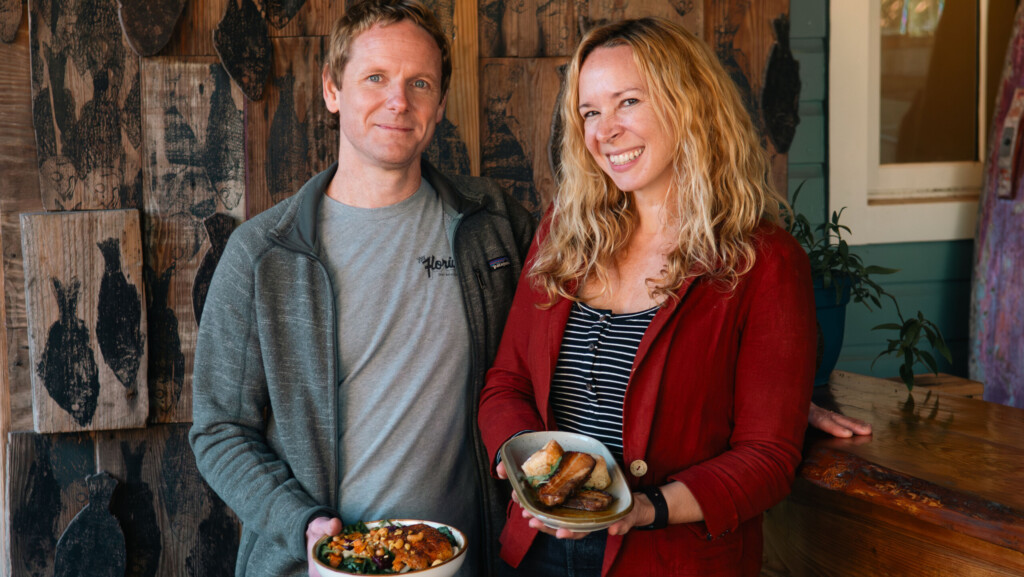
Eating in or dining out?
For as many restaurateurs look to get away from the breakneck pace of running a restaurant downtown, there’s more coming in.
The French Pantry and Little Miss Ha are two restaurants that are set to open across from the Lightner Museum downtown later this month. Owner John Valentino says St. Augustine is going through a “new phase in life,” and he is excited to be there.
“There’s a culinary gentrification going on,” Valentino tells Jacksonville Today. “More new options for local and tourist traffic.”
Gentrification is a hot topic. By definition, it’s the process in which wealthy people move into an area, bringing new business opportunities and housing. But that influx of new money can drive away people who can’t afford the new way of life.
St. Augustine’s footprint is limited to what is already there — there isn’t much more room to build out — and Valentino says that what’s really happening is that property values are increasing.
“Anyone who bought a 2,500-square-foot bungalow in Lincolnville 10 years ago, they probably tripled their property value. So why is that bad?” Valentino asks. “I just feel like everything that’s going on is good. Why would your property values going up be bad?”
New items on the menu
More people in town means more hungry mouths to feed, but as the density of tourists in downtown St. Augustine increases — like when the city saw a record number of people come to town for last year’s Nights of Lights event — people who live nearby might be less keen on braving the busy traffic to eat downtown.
“It is true that it can be extremely challenging to operate downtown,” Karen Zander says. “But every restaurant group that I ever talk to wants to be downtown. And the majority of them are not looking anywhere else.”
Zander owns 97Park Residential & Commercial Real Estate, where she works closely with restaurant owners who want to open their doors in St. Augustine. She’s also the co-founder of the St. Augustine Business Coalition, a group that promotes business interests in the city.
There may be some growing pains, but she says the change St. Augustine is undergoing is a good thing.
“It’s really interesting to see the evolution of the dining scene downtown. It is still mainly locally owned restaurants,” Zander says. “It’s still really a chef-driven local restaurant scene, but what they’re doing in upping the experience and raising their game. It’s really cool to see.”
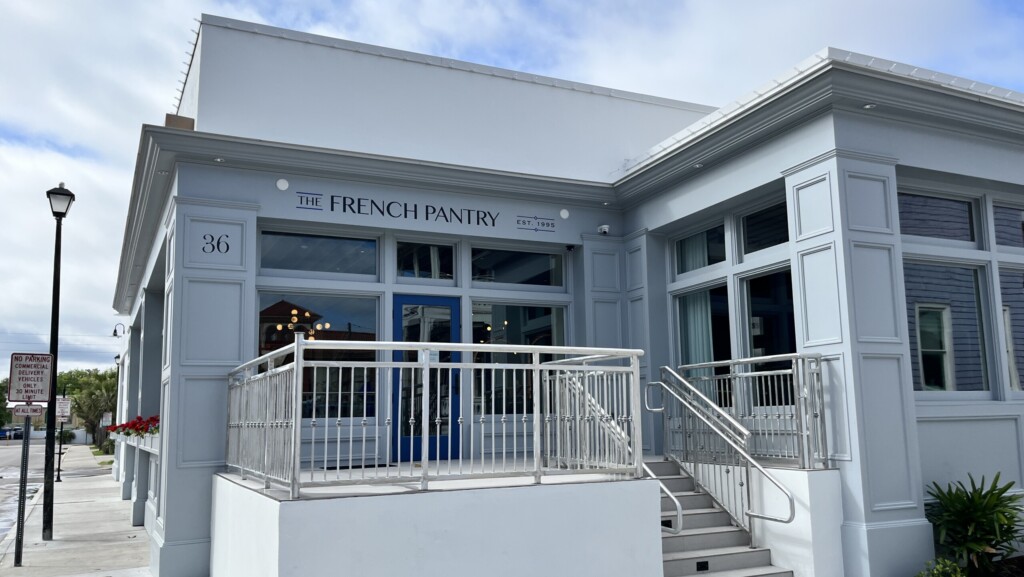
When she talks to her clients, she tries to make a few things clear: It’s expensive to operate downtown; there’s a real chance your restaurant may flood; and you have to be ready to accommodate a lot of people during the busy tourist seasons.
“When I bring restaurant spaces to market downtown … it’s almost like I have to weed out so many people to get to the people that are truly capable of doing it,” she says. “I ask a lot of questions before I get to the point where I say, ‘Yes, I’ll show you the space.’”
What Valentino calls gentrification, and what has led to some restaurant owners deciding they might be better off outside of downtown St. Augustine, is something Zander owes to advertising efforts to bring in wealthier tourists.
“They’ll spend more money, and they want high-class experiences,” she says. “The type of visitors we see versus 10 years ago is a much different visitor.”
But Zander says those new visitors exacerbating existing mobility challenges has led to exactly the kind of situation that restaurant owners Lugo and McNally identified.
“I think the challenge with locals is they don’t want to deal with the lack of parking,” Zander says. “Locals are not going to ride a shuttle from somewhere. They do like the restaurants, but they do have to have some sort of viable parking.”
There are competing visions for the future of St. Augustine’s downtown. Some people argue that downtown needs more parking spots, while others envision a St. Augustine with less of a focus on parking and more focus on multi-modal transportation — things like shuttles that bring people from parking lots on the periphery to the city’s core and bike share programs to thin the number of cars on the road.
As long as there is a deficit of parking spaces downtown, or until the city can find a way to thread the needle between those two visions, Zander says downtown St. Augustine’s audience is going to skew toward people who aren’t from around here. At its worst, she says the city runs the risk of creating a “mini Disney World” out of its downtown core.
But for now, even as some owners pack their bags for quieter parts of St. Johns County, the people coming in are ready for the next chapter.
“I just believe that St. Augustine is a great place,” Valentino says, “and you can’t really change what it’s originally about. It’s just going to, over time, evolve.”



